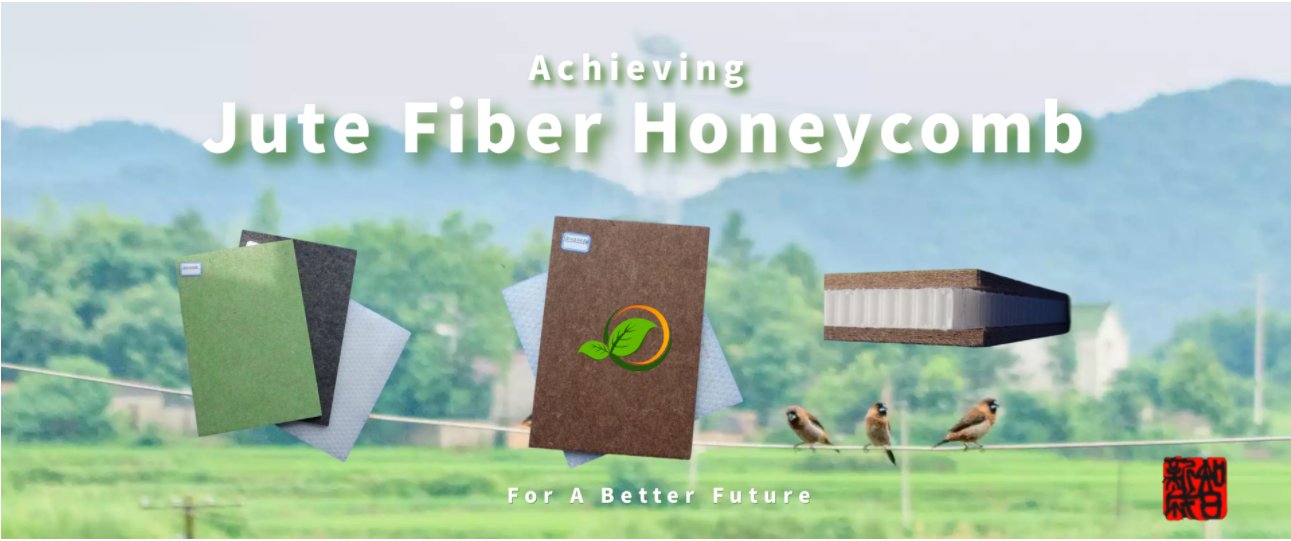Achieving Jute fiber Sandwich panel

Importance of Natural Fiber Reinforced Composites
Reusable and recyclable natural fiber-reinforced composites (FRC) have attracted the attention of researchers owing to their reduced carbon footprint, notably lower carbon pollution and petroleum usage, reduced price and density, and simplicity of production. Jute is among the most utilized naturally occurring fibers used for their synthesis.
Introduction to Jute and Jute Fibers
Jute is a sort of bast fiber that is derived from a plant. Corchorus capsularis (white jute) and Corchorus olitorius (black jute) are the two most common species of jute (Tossa jute). Jute plants require simple grassy soil, equatorial rainfall (125–150 mm per month), mild temperatures (20–40°C), and high relative humidity (70–80%) for optimal development. Jute fiber is produced from the plant's bast. Retting, stripping, washing, drying, and packaging are all steps in the jute fiber process of extraction. The retting procedure is done out either biologically or chemically with the use of chemicals.
Applications of Jute Fiber
Jute has historically been used to make packing wraps such as Styrofoam, bagging, ropes, cordage, and carpeting underlay fabric. Jute fibers have also been employed in thermosetting elastomers as well as thermoplastic composites as additional reinforcement. Such fibers are durable, renewable, and abundant, which has sparked great research attention in fiber-reinforced composites technologies over the years due to their lower ecological consequences than artificial fiber-reinforced composites.
Limitations of Jute Fibers
The constraints of employing jute fiber as composite supplements include low compressive strength due to the fiber's hydrophilic nature, weak fiber-matrix interfacial adhesion, and weak hydrophilicity. As a result, jute fiber surface treatment is necessary. The elimination of contaminants such as wax, hemicellulose, and lignin, as well as the addition of additional chemicals onto the fiber's surface, might improve the interface adhesion and humidity resistance of the fiber matrix.
Qingdao Achieving now has published a new type of sandwich panel, the jute fiber honeycomb sandwich panel. Which can significantly increase the intensity meanwhile jute fiber and honeycomb core together will provide a good sound isolation function. For more information, please contact us via our official website:www.cnhoneycomb.com.
In short, with greater environmental worries over petroleum synthetic fabrics, researchers have concentrated on degradable fibers derived from renewable sources. Biodegradable, recyclable, and inexpensive nanomaterials for structured nanocomposite purposes that offer remarkable flexibility, stiffness, durability, and versatility are gaining popularity.
Reference:Abbasi, I., 2022. Jute Fiber Composites: Graphene Modifications. [online] AZoM.com. Available at: <https://www.azom.com/news.aspx?newsID=57777> [Accessed 10 May 2022].

